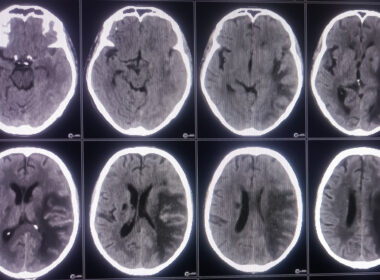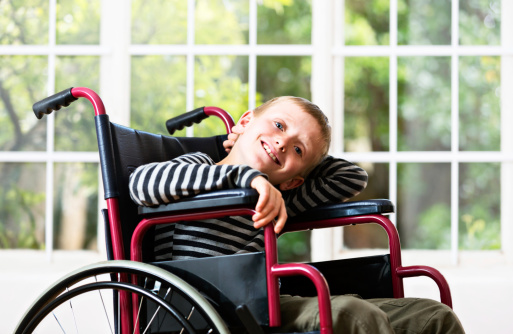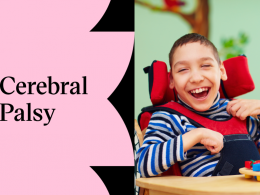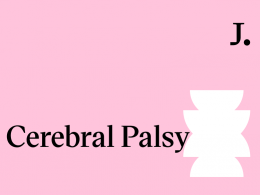The first question many family members may ask after a child’s cerebral palsy diagnosis is how it might affect their child’s life expectancy. While extenuating circumstances and associated conditions can impact the lifespan of a child with this condition, people with cerebral palsy typically do not have a shorter lifespan than those who do not. Physical therapy, occupational therapy, medication management, and even a healthy diet can help children with cerebral palsy avoid some of the more severe side effects of cerebral palsy and allow them to live a long life.
What is the Average Life Expectancy of Someone with Cerebral Palsy?
The average life expectancy of children diagnosed with cerebral palsy varies depending on numerous factors, including any associated disorders they may be diagnosed with, like epilepsy. The severity of their diagnosis and symptoms may also affect their life expectancy.
While most people with cerebral palsy live long lives, those with the most severe diagnoses of the condition may have a shorter-than-average lifespan. One U.K. study, for example, found that among children with cerebral palsy who are considered to be severely disabled across all four types of functional disability (cognitive ability, visual disability, manual dexterity, and the ability to walk without assistance), they had a 50% chance of reaching 13 years of age and a 25% chance of reaching 30 years of age.
Though new research is deepening our understanding of the condition more every day, cerebral palsy is a medical condition that currently does not have a cure. This means that once an individual is diagnosed with cerebral palsy they will live with it for the rest of their life. However, cerebral palsy does not become worse over time. Although multiple factors can affect the lifespan of children diagnosed with cerebral palsy, a cerebral palsy diagnosis typically does not indicate a shortened life expectancy.
Critical Cerebral Palsy Symptoms That May Affect Life Expectancy
Individuals diagnosed with cerebral palsy may experience different symptoms, some of which may be more critical in certain patients. Difficulties with breathing and eating are of particular concern. If untreated, severe respiratory issues can be fatal. Respiratory issues may also be connected with difficulty eating: When food is not properly swallowed, it may enter the airways or lungs. This process is called aspiration and it can cause pneumonia and other severe respiratory conditions.
Difficulties with swallowing and eating should be treated during speech therapy. In addition to the risks of aspiration, problems swallowing can also make it harder for a child to consume the right amount of nutrients necessary for a healthy life.
Health Issues Caused by Cerebral Palsy and their Effect on Life Expectancy
Health issues resulting from cerebral palsy may cause an individual to experience more muscle spasms and petit mal or grand mal seizures. These can increase the risk of falling, which can cause fractures and serious head injuries.
Seizures
Epilepsy is a common condition associated with cerebral palsy. Epilepsy causes petit mal seizures and grand mal seizures, both of which can cause individuals to lose consciousness. Sometimes, an individual may fall while having a seizure which can cause fractures. If they strike their head during the fall, it can cause concussions, contusions, hematomas, and more. People with epilepsy are also at greater risk of drowning and being involved in a car accident if a seizure happens while swimming or driving.
Muscle Spasms and Musculoskeletal Problems
Individuals with cerebral palsy often exhibit musculoskeletal problems. Muscle stiffness, spasms, and tremors are all common. People with cerebral palsy may have difficulties with balance, posture, and walking. In severe cases of cerebral palsy, individuals may experience complete body paralysis or spastic quadriplegia.
Particularly in cases where mobility is limited, people with cerebral palsy may have a higher risk of developing cardiovascular and respiratory problems. One recent study of adults with cerebral palsy found that they were 1.6 times more likely to have hypertension, 2.2 times more likely to have asthma, 2.6 times more likely to suffer from heart failure, and 5.5 times more likely to have a stroke.
Increasing the Lifespans of Individuals with Cerebral Palsy
Medication management, physical therapy, exercise, and a healthy diet can all help to extend the life expectancy of individuals with cerebral palsy. Medical professionals and cerebral palsy specialists are the best sources of information regarding an individual patient’s healthcare needs.
Medication can help reduce muscle spasms and the frequency and severity of seizures. Other forms of treatment, like deep brain stimulation (DBS), can block signals from the brain that cause seizures and other uncontrollable movements from occurring. This can help people with cerebral palsy be more active without fear of possible injuries.
The Importance of Mental Health Treatment for People With Cerebral Palsy
A cerebral palsy diagnosis can produce psychological effects that are just as important to treat as physical symptoms. People with cerebral palsy report higher levels of anxiety and depression than people who do not have the condition. Effective mental health treatment, including one-on-one therapy and group therapy, can improve an individual’s ability to live a healthy and happy life.
When possible, sports and physical activity can also alleviate symptoms caused by anxiety and depression. Mobility aids can help children with limited mobility become more active and engage in the activities they desire to participate in.
Obtaining Resources for a Child With Cerebral Palsy
Cerebral palsy does not have to disrupt every aspect of life as you know it. Children with cerebral palsy generally have normal life expectancies. Medical treatment and medication are paramount, however, and these aspects of treatment should not be neglected.
A thorough treatment plan is necessary to provide your child with the resources he or she needs to live a long and healthy life. In some cases, families may be eligible for compensation to help cover these expenses.
A cerebral palsy attorney in our network can review your child’s medical records and the circumstances surrounding their birth to see if medical negligence caused or contributed to your child’s cerebral palsy. If so, they can help your family seek financial compensation for your losses. Speaking with our team can help you understand your legal rights and options.












